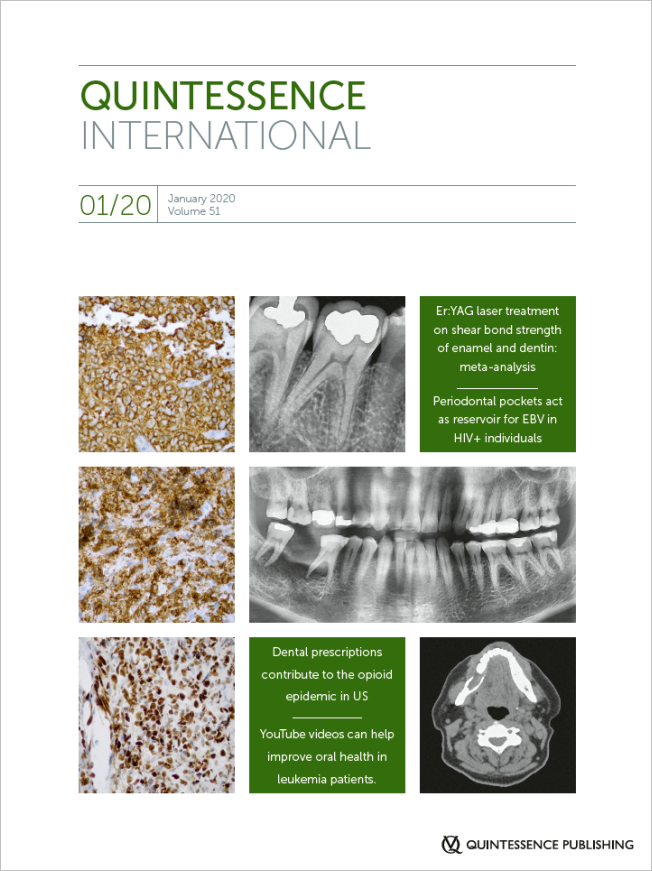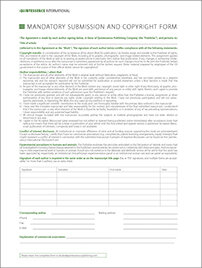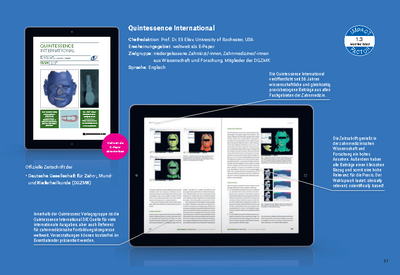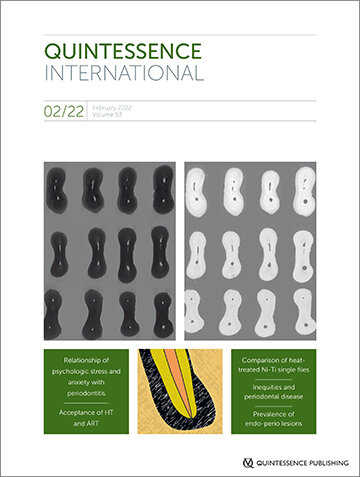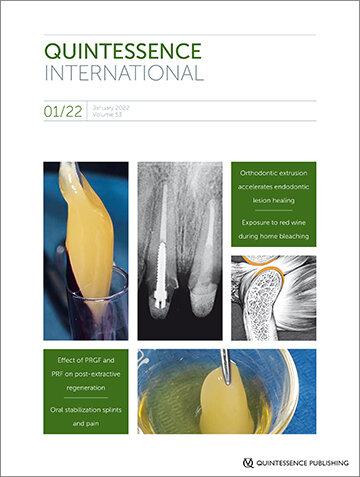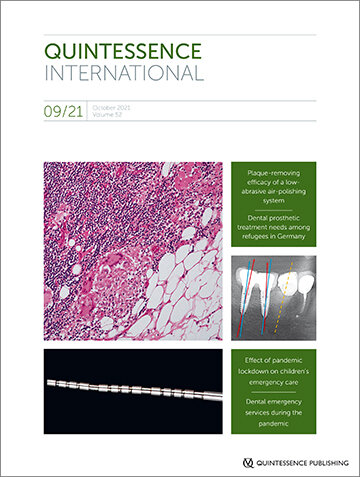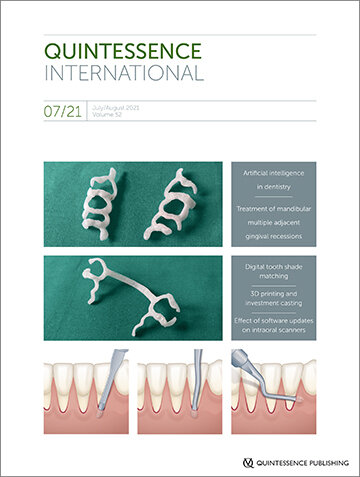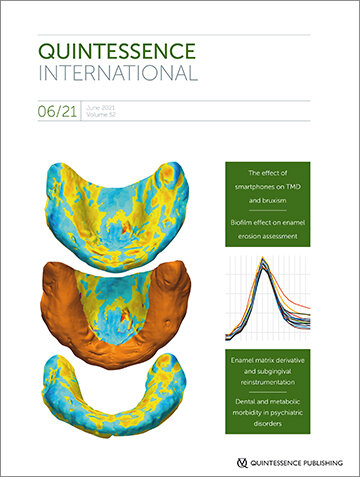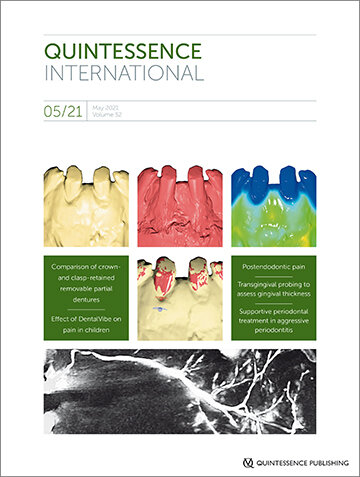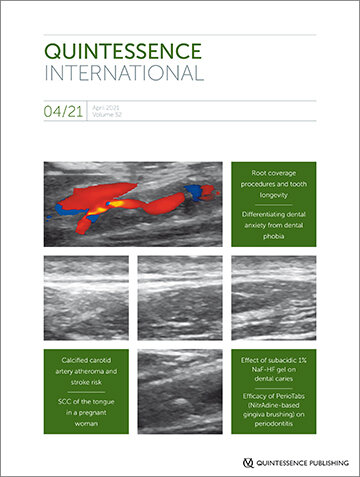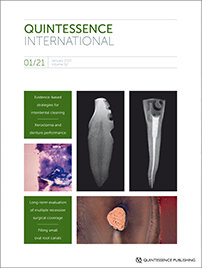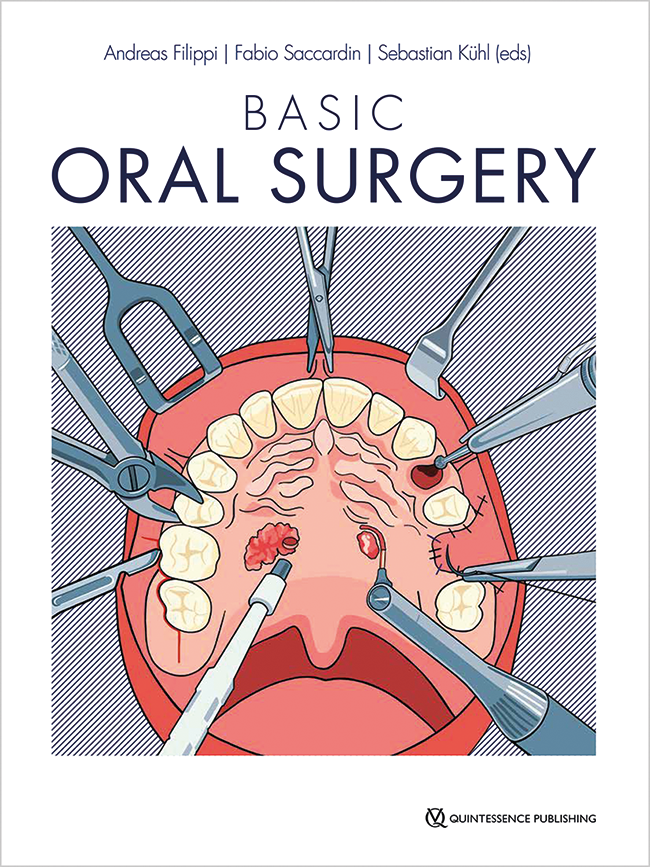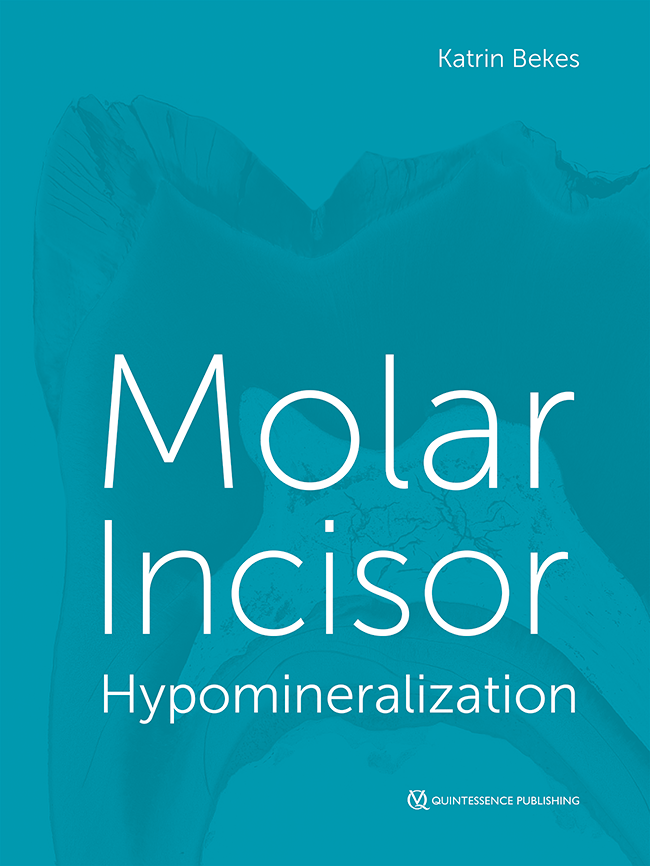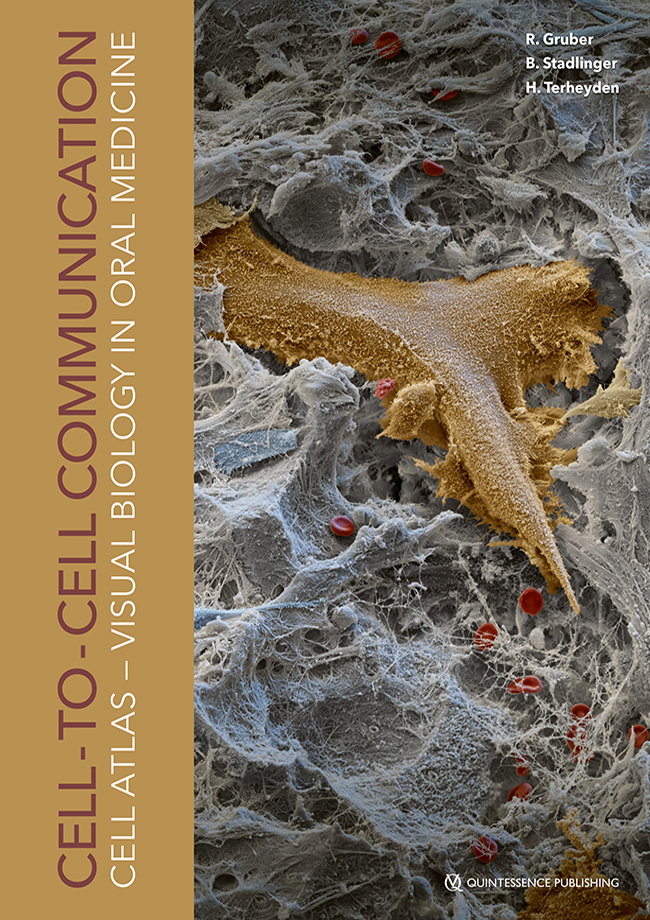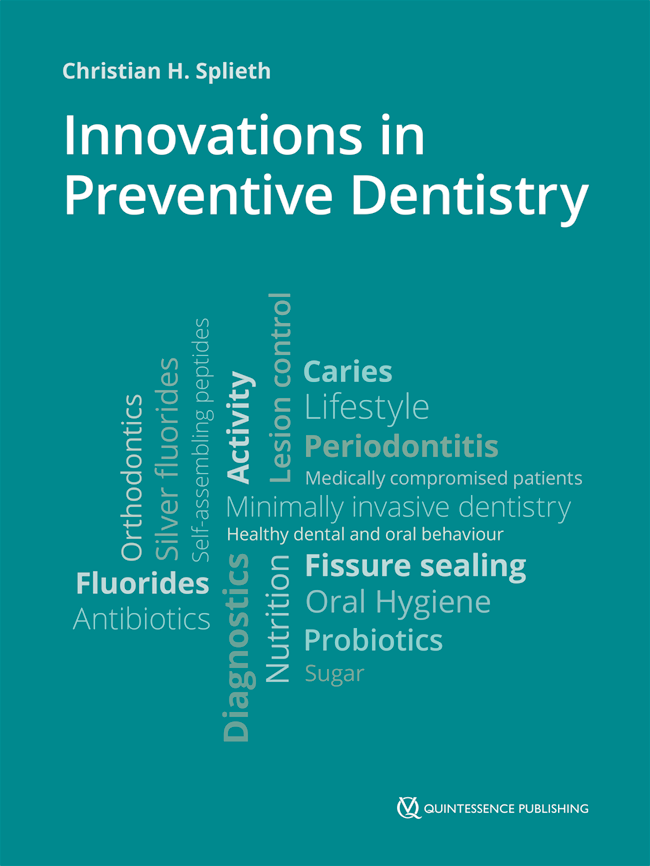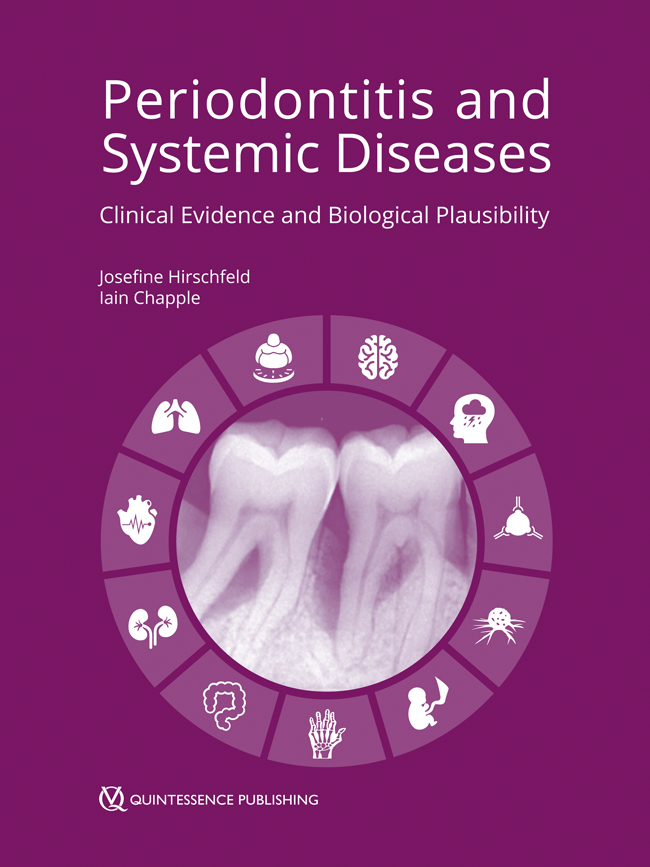DOI: 10.3290/j.qi.b2527703, PubMed-ID: 34994530Seiten: 109-110, Sprache: EnglischGiddon, Donald B. / Deutsch, Curtis K. / Moeller, Donald R. / Hegazi, FahadDOI: 10.3290/j.qi.b2091311, PubMed-ID: 34595903Seiten: 112-121, Sprache: EnglischBal, Emine Zeynep / Gunes, Betul / Bayrakdar, Ibrahim SevkiObjective: The purpose of this study was to evaluate the root canal shaping abilities of different heat-treated NiTi engine-driven single files.
Method and materials: A total of 45 mandibular first molar teeth with a root canal curvature of between 25 and 35 degrees were selected for this in vitro study. The mesial roots were separated and scanned with micro-CT. The specimens were randomly divided into three groups. Root canal preparations were performed using HyFlex EDM OneFile in Group 1; OneCurve (25/06) in Group 2, and WaveOne Gold Primary in Group 3. Root canals were scanned again with micro- CT after root canal preparation. Apical transportation value and centering ability ratio of files were evaluated using the preinstrumentation and postinstrumentation micro-CT images at 1, 2, 3, 4, and 7 mm. The data were statistically analyzed using the Kruskal-Wallis test. The Bonferroni-Dunn test was used for multiple comparisons. The level of statistical significance was set at P < .05.
Results: There was no significant difference between the apical transportation values of experimental groups in mesiodistal direction (P > .05) and buccolingual direction (P > .05). The OneCurve file group showed better centering ability in the buccolingual direction than the WaveOne Gold file group at 4 mm (P = .048). The difference between the centering ability values of experimental groups was not significant at other levels (P > .05).
Conclusion: According to the results of this study, all tested single files caused apical transportation and showed similar centering ratio at most of the root sections.
Schlagwörter: apical transportation, centering ability, endodontics, micro-computed tomography, NiTi single files
DOI: 10.3290/j.qi.b1763677, PubMed-ID: 34269043Seiten: 122-132, Sprache: EnglischMills, Arden / Levin, LiranPeriodontal disease is highly prevalent and contributes to the global burden of chronic diseases. Inherent and institutional inequities contribute to the prevalence of periodontal disease by facilitating barriers to accessing dental care and maintaining good oral health. The aim of this paper is to review the inequities experienced in the dental field in relation to periodontal disease. Barriers to dental care are experienced in many countries globally. They include cost, insurance coverage, geography, physician availability, and oral health literacy. These barriers influence the frequency of dental visits, oral hygiene, and risk behaviors of individuals which impact an individual’s oral health status. Most often, postponed or improper dental care leads to worsened dental conditions that are more costly and detrimental to one’s wellbeing. These dental conditions, like periodontitis, fall back on the health care system for treatment through emergency department resource use and comorbidities that can develop or be worsened as a result. To reduce the global burden of chronic disease and the costs of treatments for preventable conditions, and increase oral health, corrective actions are required. Such actions may include the use of teledentistry, greater oral health education, emergency departments staffing dental practitioners, subsidies for rural or remote dental practitioners, and policy changes for universal coverage of basic dental needs.
Schlagwörter: accessibility, barriers to care, health care systems, oral disease, treatment, wellbeing
DOI: 10.3290/j.qi.b2091245, PubMed-ID: 34595906Seiten: 134-142, Sprache: EnglischRuetters, Maurice / Gehrig, Holger / Kronsteiner, Dorothea / Schuessler, Dorothée Laura / Kim, Ti-SunObjectives: Teeth with combined endodontic-periodontal lesions (EPLs) have favorable to hopeless prognoses. The new classification system was developed by the World Workshop on the Classification of Periodontal and Peri‐Implant Disease in 2017 and suitable epidemiologic data related to this new system are currently lacking. This study aims to contribute data about the prevalence of EPLs according to the new system.
Method and materials: A total of 1,008 panoramic views taken in 2019 were analyzed, recording the presence of an EPL and other periodontic parameters. Radiographs of bad quality and of the same person were excluded. Additionally, the EPLs’ radiographic patterns were rated by two raters according to their shape (j-shaped vs cone-shaped). Descriptive statistical methods as well as t tests for continuous and chi-squared tests for categorical variables were used.
Results: Overall, 866 patients (with 18,963 teeth) were included. Prevalence of EPLs was 4.9% (n = 43) (patient-related)/0.4% (n = 71) (tooth-related). Mean age (62.3 years vs 51.5 years), mean maximal percentage of bone loss (60% vs 30%), and mean age-adjusted bone-loss index (1.0 vs 0.6) were considerably higher compared to patients without EPL. A total of 67 EPLs were found in patients with stage III/IV periodontitis and 4 in patients with stage II periodontitis.
Conclusions: This is the first study showing prevalence of EPLs (4.9%/0.4%) according to the 2017 World Workshop on the Classification of Periodontal and Peri‐Implant Disease. Patients with EPLs have a substantially higher maximal percentage of bone loss and a higher age-adjusted bone-loss index at residual teeth, excluding teeth with EPLs. All patients have at least stage II periodontitis.
Schlagwörter: dental radiology, endo-perio lesions, periodontal disease, periodontitis
DOI: 10.3290/j.qi.b2091191, PubMed-ID: 34595909Seiten: 144-154, Sprache: EnglischAggarwal, Kanika / Gupta, Jyoti / Kaur, Rose Kanwaljeet / Bansal, Dipika / Jain, AshishObjective: The primary objective of this meta-analysis (PROSPERO No: CRD42019124695) was to assess the association between psychologic stress, anxiety, and periodontitis.
Data sources: The electronic search was conducted using PubMed, Embase, and Scopus, by three independent reviewers till December 2019. The search was limited to human studies published only in English language. The fixed-effect model and random-effects model were used to obtain the overall mean difference, odds ratio (OR), and its 95% CI for all studies. The heterogeneity was calculated by I2 statistics. The Newcastle-Ottawa scale was used to assess the risk of bias in the included studies. Out of 775 potentially relevant articles, 25 studies were selected for systematic review and only 14 studies could be used for meta-analysis in three subsets. The pooled OR for stress and periodontitis was 1.78, which was statistically highly significant (I2 = 98.6%, P = .00). Mean salivary cortisol levels as a measure of stress in patients with periodontitis was 4.81 nmol/L (I2 = 98.0%, P = .08). State-Trait Anxiety Inventory value was seen as −1.28 (I2 = 0.0%, P = .06) for state anxiety and −0.11 (I2 = 0.0%, P = .85) for trait anxiety in patients with periodontitis.
Conclusion: The findings indicate a role of psychologic stress and anxiety in the progression of periodontitis.
Schlagwörter: adult periodontitis, anxiety, chronic periodontitis, meta-analysis, psychologic stress, stressful events
DOI: 10.3290/j.qi.b1901315, PubMed-ID: 34410073Seiten: 156-169, Sprache: EnglischLin, Galvin Sim Siang / Cher, Chia Yee / Cheah, Kah Kei / Koh, Sze Hui / Chia, Cheryn Hwui Lyn / Lim, V Ren / Baharin, Fadzlinda / Wafa, Sharifah Wade’ah Wafa Syed Saadun TarekObjective: This systematic review aimed to evaluate the acceptance level of atraumatic restorative treatment (ART) and Hall Technique (HT) among children, parents, and general dental practitioners.
Method and materials: The study was registered in the PROSPERO database. Articles published between January 1960 and January 2021 were searched in 11 online databases and six textbooks according to PRISMA guidelines. Fifteen studies were chosen for qualitative and quantitative analyses. Among them, five studies focused on ART, seven studies on HT, and the remaining three studies compared both ART and HT. The children, parents, and general dental practitioners’ acceptance were estimated using the DerSimonian-Laird random-effects method based on both single-arm and two-arm approaches. The risks of bias were evaluated using Cochrane RoB 2, ROBINS-1, NOS, and JBI assessment tools, while evidence levels were determined using OCEBM. Subgroup analysis and meta-regression were conducted to assess the effect of different evaluation methods on the acceptance rates of ART and HT among children and parents.
Results: The acceptance rates of ART among children, parents and general dental practitioners were 90.1%, 95.7%, and 67.7%, respectively, whilst the acceptance rates of HT were 88.3%, 85.7%, and 81.8%, respectively. Two-arm meta-analysis revealed no significant difference (P > .05) between the acceptance of HT and ART among children and parents, respectively. Subgroup analysis showed that using questionnaire-based evaluation had a higher (P < .05) acceptance value than using face scale-based evaluation.
Conclusion: Both ART and HT are considered well-accepted among children, parents, and general dental practitioners, although general dental practitioners showed a slightly lower level of acceptance. A standardized evaluation tool for assessing acceptance level should be established for better comparison among published articles. Future well-designed studies are warranted to verify the validity of the present review.
Schlagwörter: acceptance level, atraumatic restorative treatment, Hall Technique, meta-analysis, systematic review
DOI: 10.3290/j.qi.b2091279, PubMed-ID: 34595905Seiten: 170-178, Sprache: EnglischBhatavadekar, Neel B. / Gharpure, Amit S. / Chambrone, LeandroObjectives: The objective of this retrospective study was to compare the 7-year outcomes of coronally advanced flap with vertical incisions (CAF) and the envelope type of flap (e-CAF), using a subepithelial connective tissue graft (SCTG) in the treatment of multiple recession defects.
Method and materials: Twenty-two patients (13 CAF and 9 e-CAF) with at least two adjacent recession defects in the esthetic zone contributed to a total of 50 sites (29 CAF and 21 e-CAF). Complete root coverage (CRC), mean root coverage (MRC), and keratinized tissue (KT) width were recorded over the course of the study.
Results: In the short term (8 months), CRC, MRC, and KT outcomes were similar between the groups (P > .05). However, at the 3-year follow-up, the e-CAF group displayed significantly higher KT, MRC (100%), and CRC (100% at both tooth- and patient-levels) than the CAF group (MRC 91.43%; CRC 79.31% at tooth-level and 69.23% at patient-level). Similarly, at the 7-year follow-up, statistically significantly superior KT, MRC (94.24%), and CRC (87.71% at tooth-level and 77.78% at patient-level) values were recorded for the e-CAF group compared to the CAF group (MRC 68.98%; CRC 31.03% at tooth-level and 15.38% at patient-level).
Conclusions: Despite similar treatment outcomes recorded by both surgical procedures in the short term, sites treated with e-CAF showed better stability of the gingival margin and superior KT width in the medium (3 years) and long term (7 years).
Schlagwörter: connective tissue, gingival recession, surgical flaps, tooth root
DOI: 10.3290/j.qi.b2218695, PubMed-ID: 34709773Seiten: 180-185, Sprache: EnglischAlotaiby, Faraj / Al-Homaid, Mohammad / Islam, Mohammed N. / Bhattacharyya, Indraneel / Alramadhan, Saja A.Angina bullosa hemorrhagica (ABH) is a rare benign condition that affects the oral and oropharyngeal mucosa. It is characterized by a rapid eruption of one or more red or magenta blood-filled bullae, which typically involves the soft palate. ABH is a self-limiting condition that heals spontaneously usually within 2 weeks without scarring. ABH is not related to any dermatologic, hematologic, systemic disorders, or other known causes. The etiopathogeneses of ABH are unknown, though several theories have been proposed. Trauma has been suggested as a potential cause for the development of ABH in susceptible individuals. Two cases are presented of ABH, and the differential diagnoses of oral vesiculobullous conditions is discussed. Cognizance and identification of this benign condition is important to prevent misdiagnosis and eventual unwarranted treatment.
Schlagwörter: angina bullosa hemorrhagica, blood-filled blister, oral cavity disease, thrombocytopenia, vesiculobullous
DOI: 10.3290/j.qi.b2091211, PubMed-ID: 34595907Seiten: 186-191, Sprache: EnglischKhoury Absawi, Mervat / Fahoum, Kholoud / Haim, Sarnat / Dror, Amiel A. / Oren, Daniel / Kablan, Fares / Abramson, Alex / Srouji, SamerObjectives: This study aimed to assess the degree of dental practitioner adherence to recommendations made during the COVID-19 pandemic.
Method and materials: An online questionnaire was distributed via social media among dental practitioners in Israel who worked during the COVID-19 outbreak.
Results: In total, 144 dental practitioners completed the survey; it was found that dental practitioner adherence to all the official PPE use recommendations was 69.8%, whereas 36.8% of dental practitioners reported the use of N95 when needed. Knowledge of self-protection against COVID-19 was rated as “very good” by 37.5% of responders. However, only 25.7% felt “highly protected” by personal protective equipment. Interestingly, many dental practitioners (46.8%) reported adherence to extra protection in addition to the required PPE communicated by the Ministry of Health guidelines.
Conclusion: Stricter regimens should be applied for dealing with the current challenging pandemic, especially in clinical work with a higher risk for viral transmission. Specific strategies should be followed to ensure good practice to improve dental practitioners’ and patients’ safety.
Schlagwörter: adherence, aerosol, coronavirus disease 2019, N95, personal protective equipment




